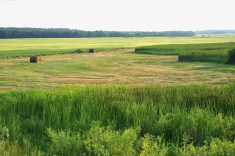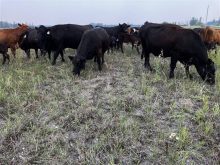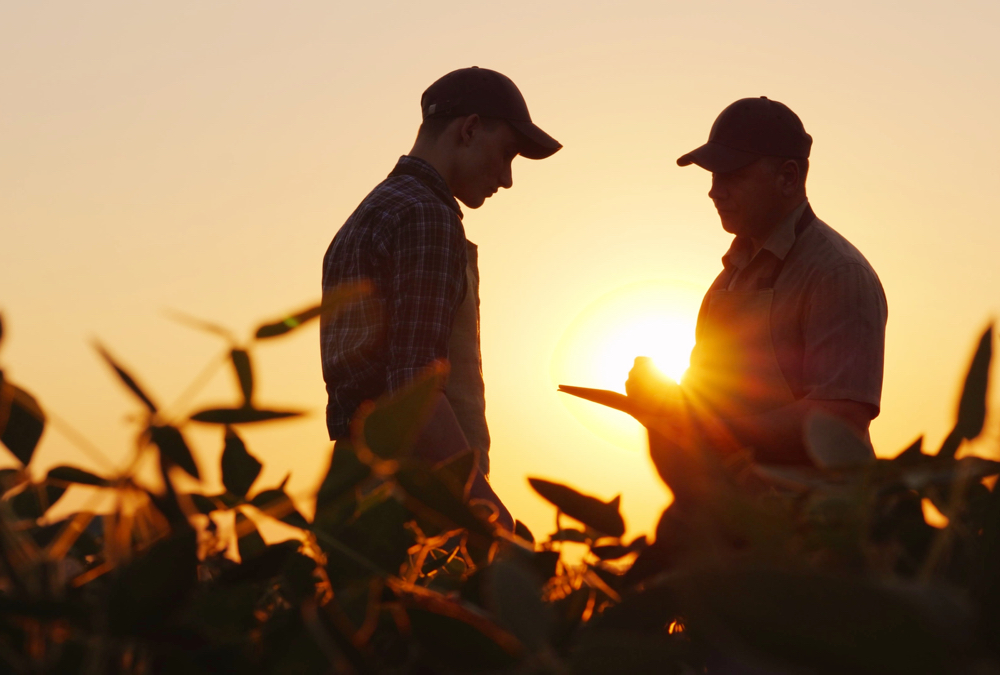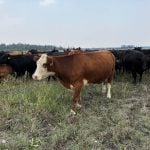Adrink spills on the bleacher stairs at the fair. No one notices until someone slips and falls after stepping in it. They injure their back.
Later, they bring a claim against the agricultural society hosting the fair.
Who is responsible?
“Trust me, someone will be held responsible,” said John Ruban, president of Winnipeg-based Ruban Insurance Brokers Inc., while speaking at the Manitoba Association of Agricultural Societies convention earlier this month.
Having insurance is critical if and when these events do occur, but as Ruban points out possessing insurance isn’t all an organization should be concerned with.
Read Also

Agriculture remembers Rosalie Tennison
Rosalie Tennison, a Manitoba agricultural journalist and author, has died after being struck by a vehicle in Winnipeg Nov. 21.
“At the end of the day this is about risk management, not about buying insurance,” he says.
For an organization like an agricultural society, this means keeping a well-maintained fairgrounds, and good records showing what’s been done to minimize or eliminate the hazards on it.
Every ag society should assign someone to do a pre-event walkabout to inspect the grounds for trouble spots that need attention, Ruban said.
These inspections should be done before the fair starts, and at least daily during the event.
A sharp eye will reveal any number of hazards, from unmarked tent pegs or ropes people may trip over, to loose cables or hoses or other obstructions on walkways. Ag societies should always be on the lookout for unrestricted access to dangerous electrical sites or water sources, notes Ruban. Loose or wobbly handrails are another hazard.
“Look at the site through the eyes of an excited little kid, or a ‘not-so-nimble’ senior,” he said.
Slips, trips or lost balance resulting in significant injury are the most common types of claims brought against agricultural societies, he noted.
There are many simple loss prevention strategies ag societies can take, however.
The spilled drink incident, for example, could have been avoided if someone had kept an eye on the bleacher steps and cleaned up the mess promptly. Affixing stair edges with yellow tape strips also improves step visibility.
“Loss control is daily attention to details,” Ruban said.
Ruban said later judging from the questions put to him after his talk, that risk management is a subject agricultural societies clearly want to learn more about.
“People are really sitting up and saying this whole concept of risk management does mean something, and we’re concerned about it. We just need some guidance.”
MAAS superintendent Liz Roberts said a questionnaire sent to agricultural societies recently on the subject of insurance and loss prevention shows ag societies have a number of concerns about the subject. Liability is a big area of concern.
Roberts added that she did not know to what extent ag societies already may be doing the kinds of things Ruban advises. “They should be,” she said. “But I’m not sure they all are.”















